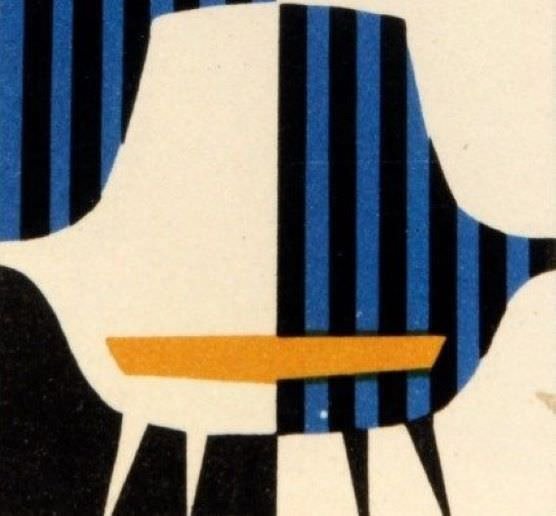The Thonet Company, known for its innovative bent furniture, went through several significant changes and challenges between 1920 and 1940.
1920 – 1930
After the First World War, the Thonet Company merged with former competitors and in 1924 the joint company Thonet-Mundus was established. This merger was intended to help overcome economic difficulties and strengthen the market position. During this period, the company focused on modernizing production and expanding the assortment, which also included cooperation with important designers of the time.
Being not the pioneer of the steel tubular furniture Thonet however succeeded to achieve a leading position in this field by smart purchases of other smaller companies, e.g. Standard Möbel in Berlin from Kalman and Breuer which produced models designed by Marcel Breuer in 1929 and Desta in 1930s from the Breuer’s partner Anton Lorenz.
1930 – 1940
In the 1930s, Thonet continued to develop, but also faced new challenges associated with political and economic changes in Europe. During World War II, production was affected by wartime events, which led to production cuts and changes in company management. Nevertheless, Thonet maintained its reputation as a quality furniture manufacturer and its products continued to be sought after.
In 1930s Thonet overtook the leading manufacturer of the tubular furniture L. & C. Arnold in Schorndorf bei Stuttgart and became the market leader.
During this period, Thonet tried to maintain its innovative nature and adapt to changing market conditions. Her bent furniture remained popular and the company tried to keep up with modern.
